Whether your Toyota 4runner is brand new or a decade old, cleaning and caring for your leather is important. Putting in some effort to stay on top of this can make all the difference in how your interior wears over the years.
The best leather cleaner for your 4runner is one from a reputable detailing product manufacturer. An interior-specific cleaner will work better than most all purpose cleaners or degreasers because they’re much less likely to leave a residue or film behind.
Lithium, Griot’s Garage, Meguiar’s, Adam’s, and Chemical Guys all offer high quality interior cleaners at a reasonable price. It’s worth double checking to make sure they’re safe to use on leather but most of these interior cleaners will be perfectly safe to use on all surfaces – leather, vinyl, cloth, and plastic.
What does Toyota recommend for cleaning leather seats?
I expected Toyota to take the wimpy route and recommend nothing more than a damp towel to clean their leather seats but according to this article, I was wrong. They mention using a one-step cleaner and conditioner which isn’t a bad option in my opinion.
It’s a matter of personal preference, but I prefer to use separate products for cleaning and conditioning. There’s nothing wrong with using a one-step product and it will certainly save time, but in my experience, a standalone product lasts the longest in terms of protection.
It’s also worth noting that Toyota does offer its own cleaning and conditioning products. Judging by the descriptions, I’m willing to bet these have been repackaged from well known detailing companies. If it’s cost effective, using exactly what the maker of your car recommends is usually going to be the safest option.
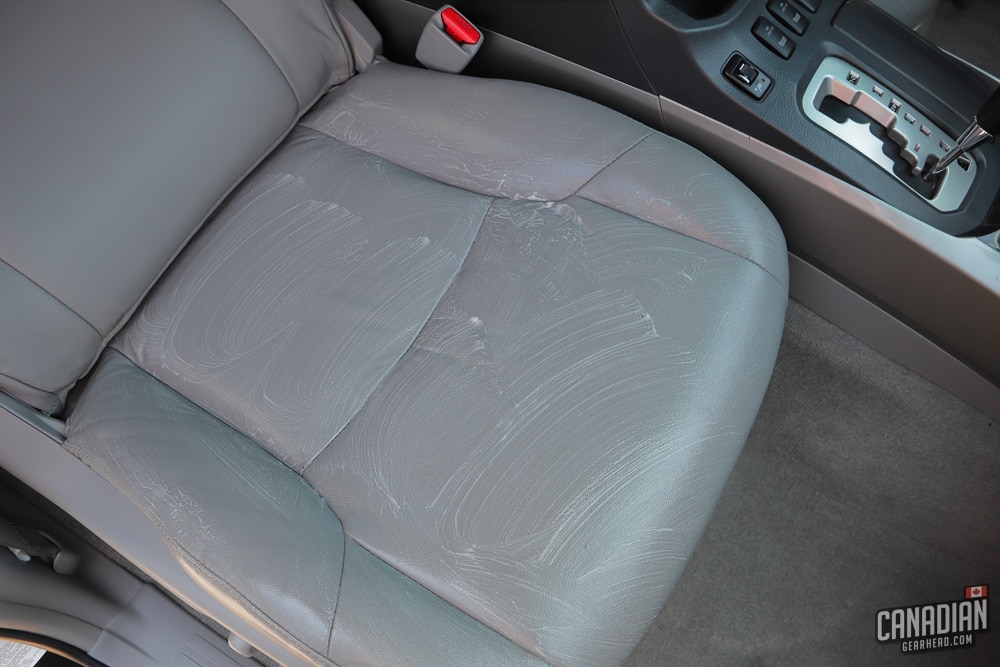
The best leather cleaner for 4runners
The detailing industry is pretty saturated when it comes to the number of products available. Most leather cleaners will perform similarly so your decision will likely be made based on less important things like smell, brand loyalty, and packaging.
I prefer to stick with a general interior cleaner rather than a leather specific one. Why? Quite simply, it’s one less bottle on the shelf. Interior cleaners will tackle the job just fine and be gentle enough to avoid damaging your leather seats.
They also won’t leave behind the sticky, white residue that can occasionally be caused by using all purpose cleaners without neutralizing them afterward. Wiping the seats down with a damp towel afterward tends to eliminate the problem but that’s just another step that can easily be avoided by using the right product.
How to use Lithium Hyper Cleanse on your leather seats
Normally, my go-to product is Griot’s Garage Interior Cleaner but lately I’ve been using Hyper Cleanse from Lithium. It was originally formulated to be a leather-specific cleaner but after plenty of testing, they decided to market it as safe for all interior surfaces.
Using Hyper Cleanse is as simple as it gets. After vacuuming any loose dirt, spray it on your leather and wipe with a microfiber towel. For dirty seats, it’s more effective to agitate it with a brush rather than a towel. This way you can work up a good lather (which will pull up the dirt and grime into the suds) then buff it dry with a clean towel.
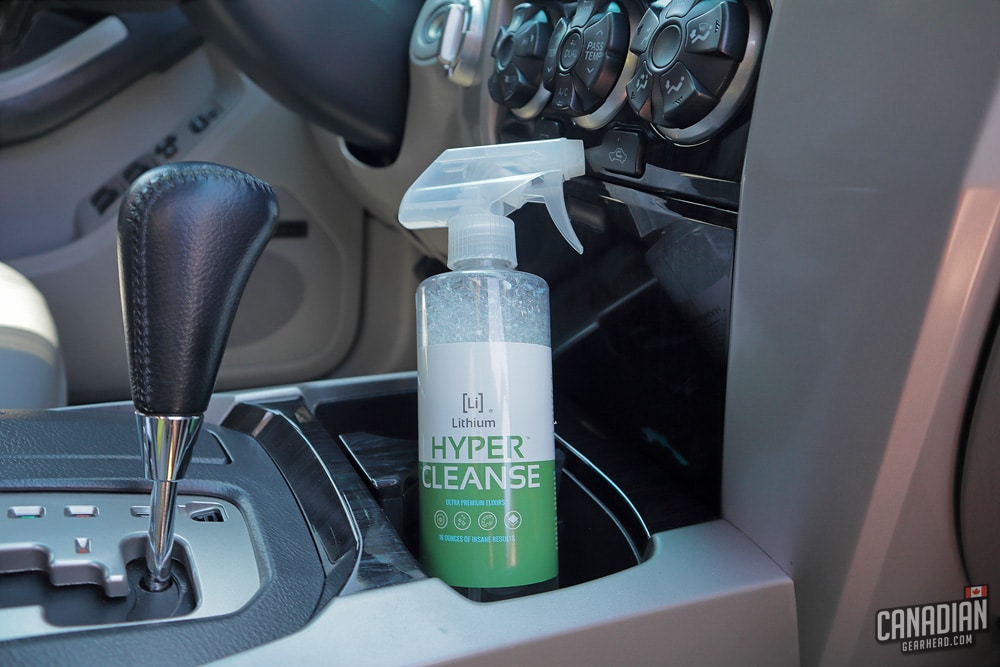
If your leather seats are worn and have any cracks or tears, I’d strongly recommend spraying directly onto your towel or brush before working those areas. Otherwise, the product can creep into the padding of the seat and saturate it, creating further wear. This isn’t specific to Hyper Cleanse – it’s possible with any cleaner.
Any areas with stubborn stains might need to be revisited a few times. Remember, it’s always better to do multiple gentle passes than one soaking wet one with heavy scrubbing. Be patient and keep working the area gradually.
You can grab your own bottle of Hyper Cleanse here:
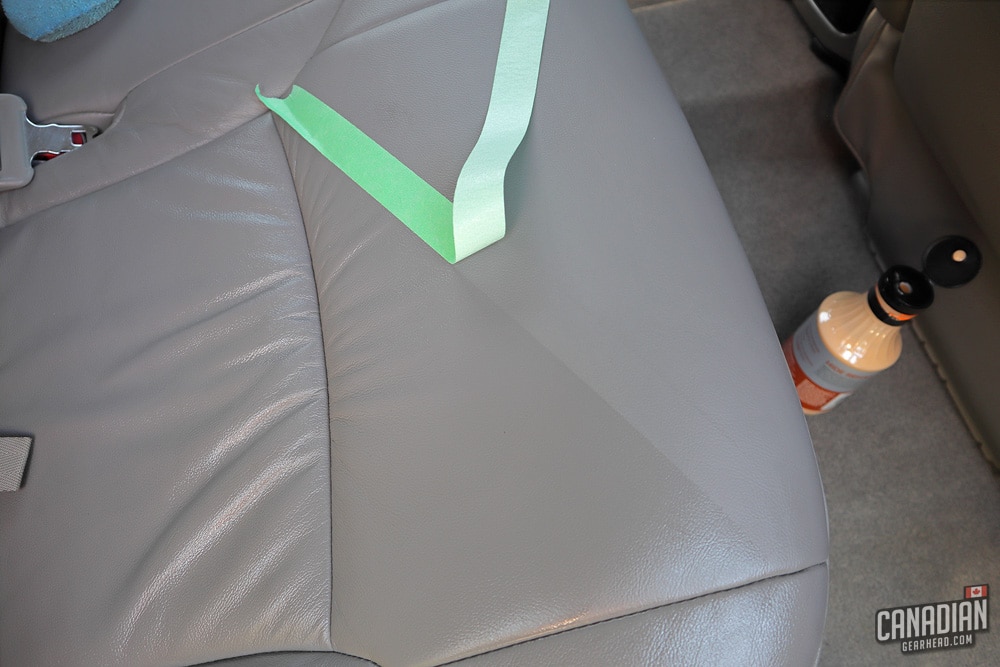
Conditioning Toyota leather seats
I use the word “conditioning” very loosely here because that’s what the industry likes to refer to products that protect your leather. The truth is, most modern car leather is coated which means we’re protecting a synthetic coating, not natural leather. For more of my thoughts on this, make sure to check out this article:
If you’d like to stick with Lithium’s product line, they sell a protective product called Hide Rehab. Although it’s marketed as a typical leather “conditioner”, the people at Lithium have assured me that it’s intended to work on coated leather.
Unlike greasy silicone-based products, Hide Rehab is all natural and leaves behind a satin finish that’s dry to the touch. This is important because the greasier your seats are, the more dirt will be attracted to them. The more dirt that sticks to them, the more likely they are to show signs of wear.
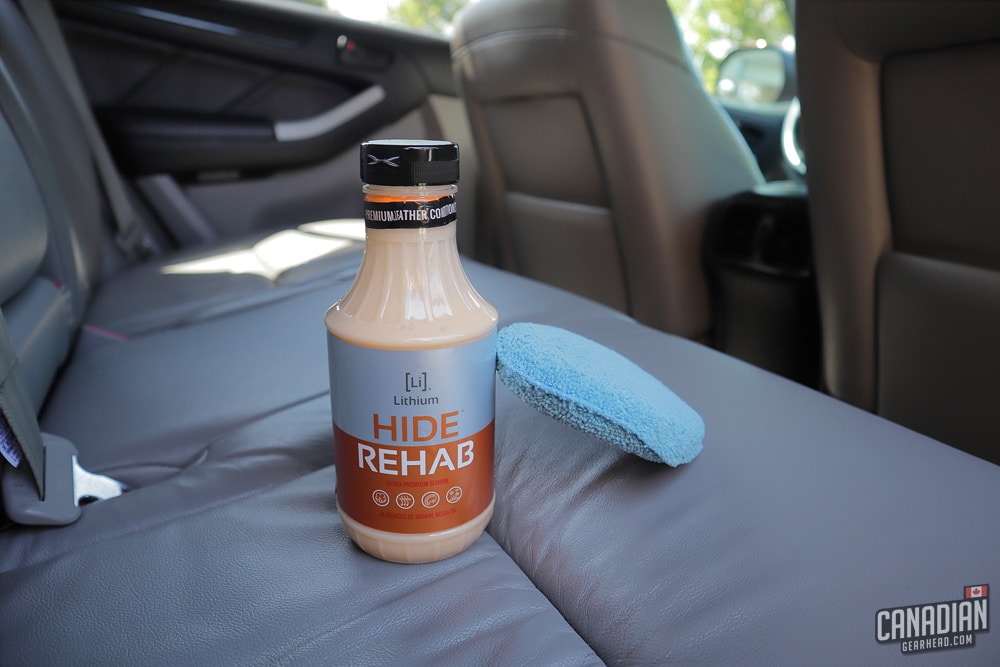
Lithium claims that Hide Rehab will protect your seats for roughly a month depending on what kind of use they see. That makes this product one that you’ll want to stay on top of in order to get the best results.
Lithium Hide Rehab can be found here:
If you’d like a longer lasting but less exciting product, Gtechniq L1 Leather Guard is another of my personal favorites.
There isn’t any rocket science involved in applying these leather conditioners – just wipe them on with an applicator and buff them to a natural sheen. The goal here is to protect your seats against UV rays and keep the coating soft. Don’t expect super shiny results.
Other protection for your 4runner interior
Up until now, we’ve focused just on cleaning and protecting your 4runner’s leather. Your interior is made up of a few other surfaces though, so let’s talk a bit about how to protect them. Once again, you can stick with one product to do all of the cleaning if you want to.
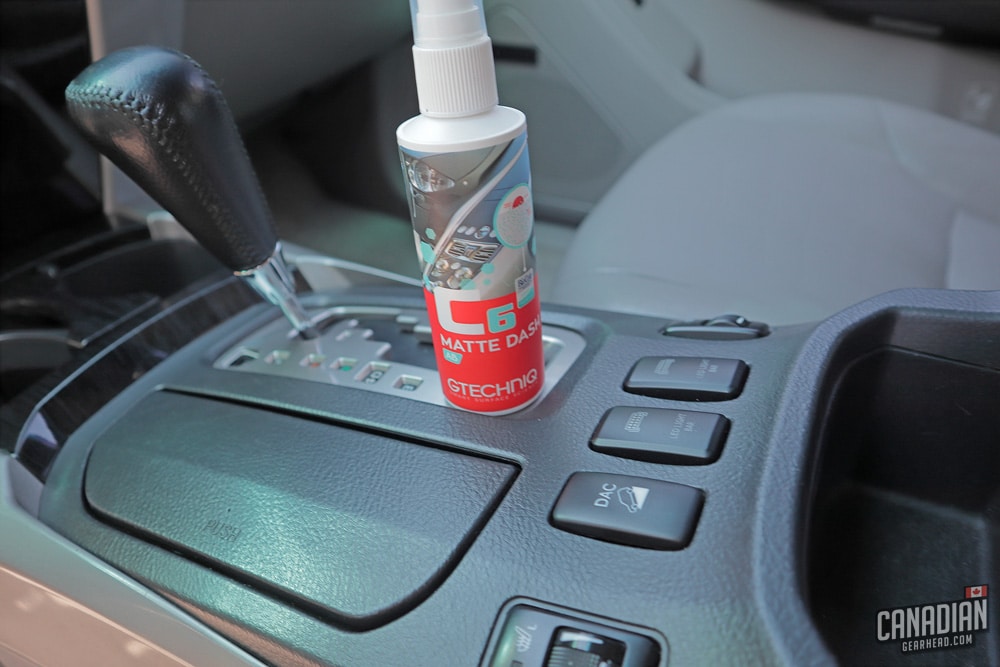
Vinyl and plastic
Gtechniq C6 is still the best way to protect vinyl and plastic in my opinion. It doesn’t offer any extra shine or excitement, its job is to protect these materials from the sun’s harmful UV rays as well as making dust and dirt less likely to stick to them.
Once these surfaces get dirty, a quick wipe with a damp microfiber towel is all it takes to care for them. I typically apply Gtechniq C6 twice a year on a daily driver.
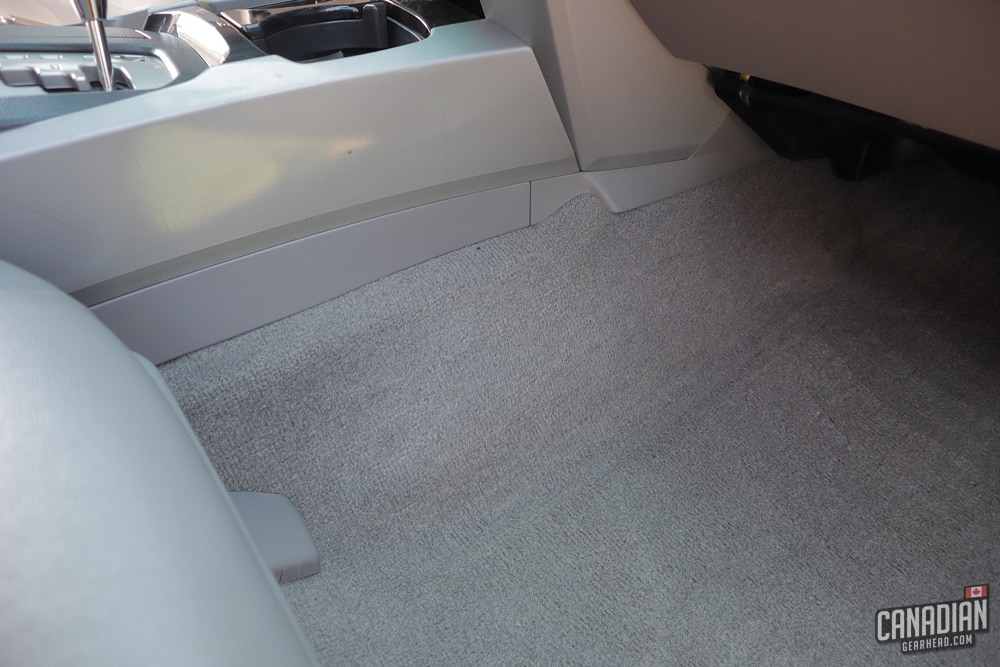
Carpet
Protecting your carpet with a fabric guard will make routine cleaning and removing stains a lot easier. I’m a big fan of Gtechniq’s I1 Smart Fabric but other popular products will work similarly.
Once your carpets are clean, simply spray it on and let it sit. Make sure to wipe it off any surrounding plastics to avoid any staining.
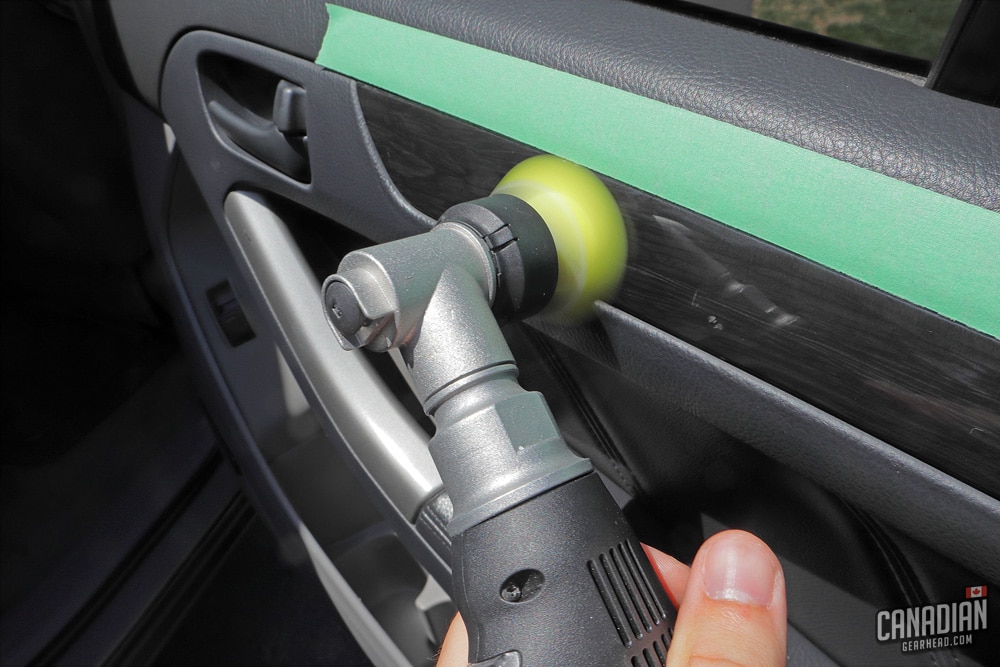

Marble trim
Treating these trim pieces the same as the vinyl and plastic is perfectly fine. Since I’m a bit nuts, I actually decided to machine polish and wax these parts the same way I would the exterior paint.
A little Meguiar’s M205 on a polishing pad to bring the shine out followed by Lithium Gloss Sauce for protection did the trick. Again, this isn’t necessary or required – it’s just for us crazy folks that love to take things to the next level.
Navigation screen
One word of warning for you when it comes to cleaning your navigation screen. Try to avoid any serious cleaners or conditioners here. You don’t want to leave a film behind on the touch screen or stain it. The objective here is simply to remove any dust and fingerprints – both of which can be done with a damp towel or a rinseless wash like Optimum No Rinse.
How to clean and protect Toyota Softex seats
Softex is Toyota’s imitation leather material that they’ve been using on their modern cars. It can be treated the same as coated leather – the only real difference is that there’s vinyl underneath the protective coating rather than leather. If your product of choice is safe for leather, the vinyl in Softex will have no problem.
It seems as though Toyota officially recommends only using a mild water/soap solution to clean Softex. In my opinion, coming up with a fancy name for synthetic leather shouldn’t change the way you clean it. A lot of modern car “leather” is the same type of material and it can be treated the same.
In the event that I’m wrong, make sure to test your cleaner/conditioner out in an inconspicuous location first before proceeding.

Tim is the creator of Canadian Gearhead. His experience with auto detailing and working for Toyota shows through all of the articles posted here. He runs the Canadian Gearhead site and YouTube channel full-time now and currently owns a 2007 4runner, 2006 Tacoma, and 1991 MR2. Read more about Tim:

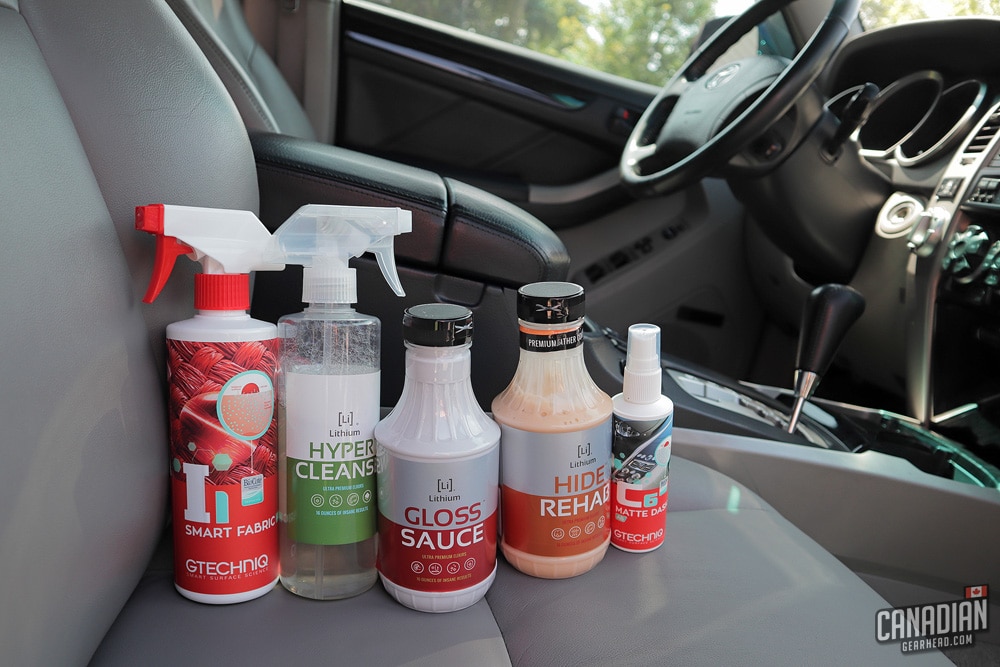

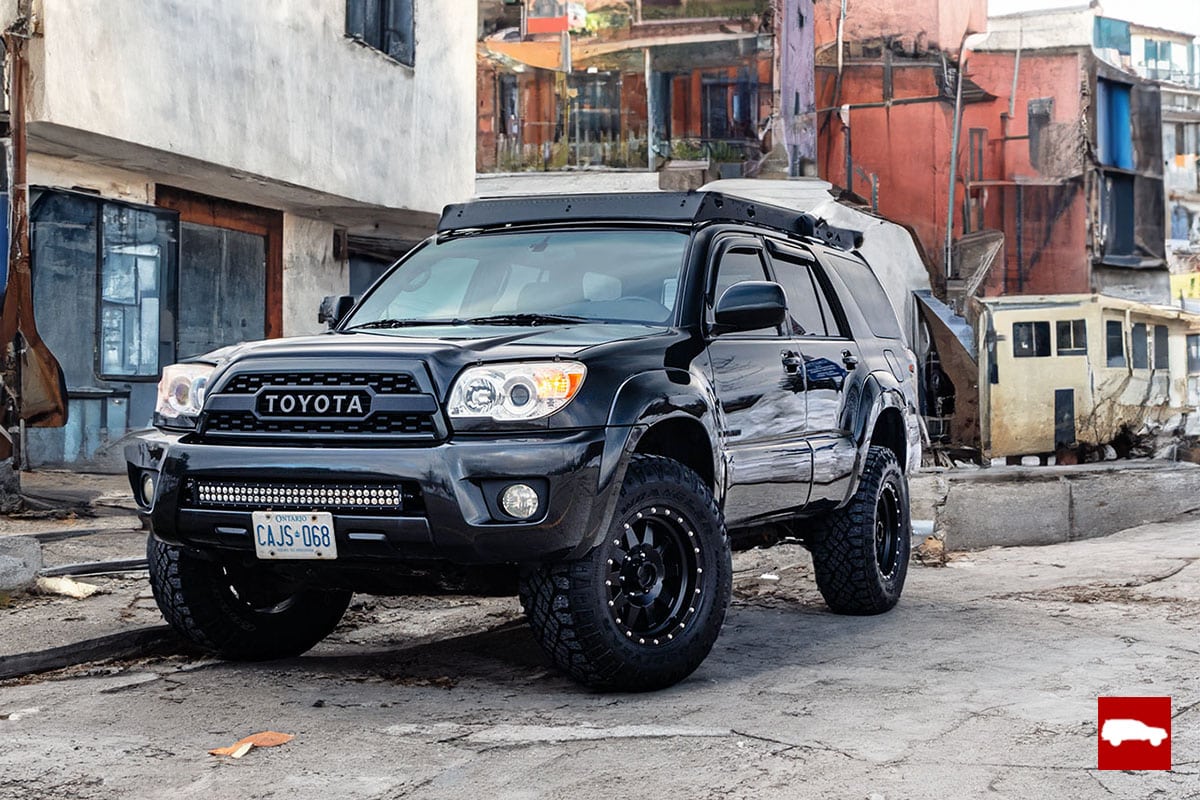
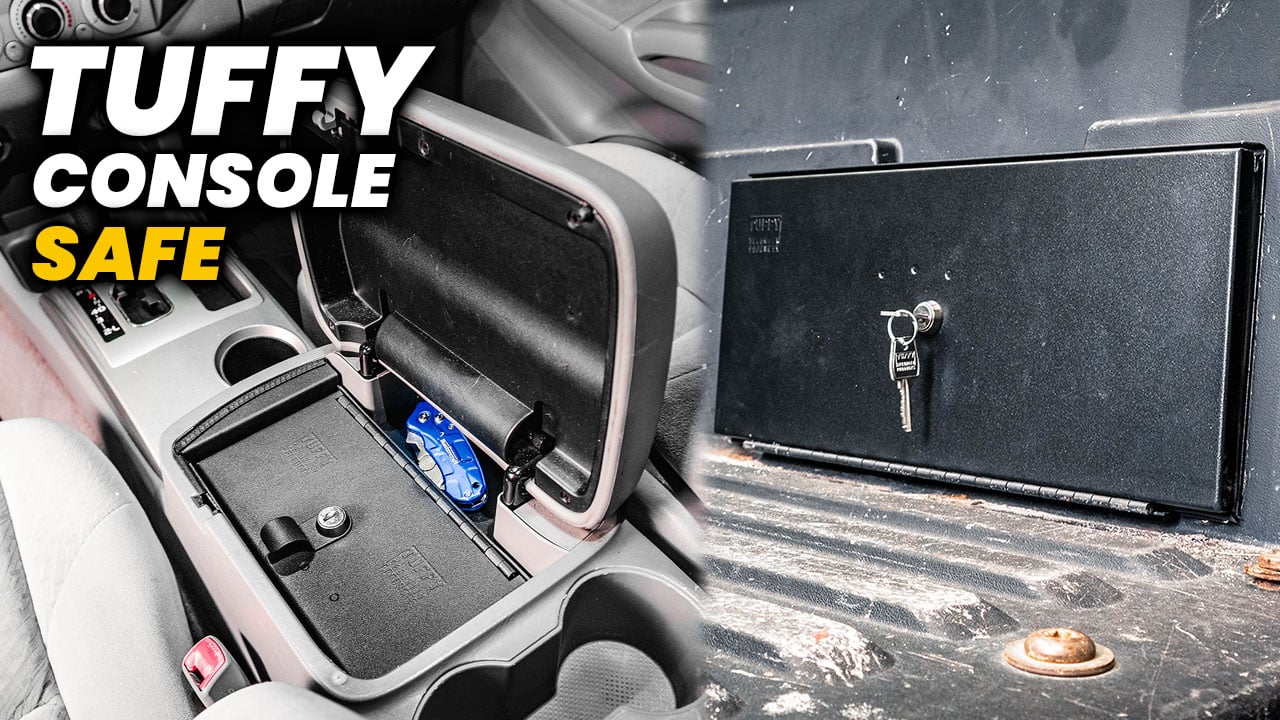
Leave a Reply